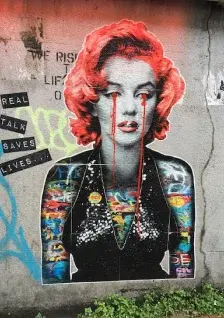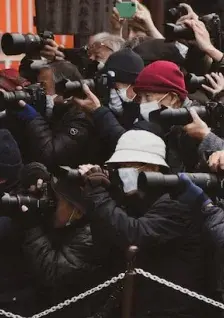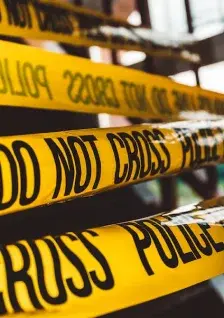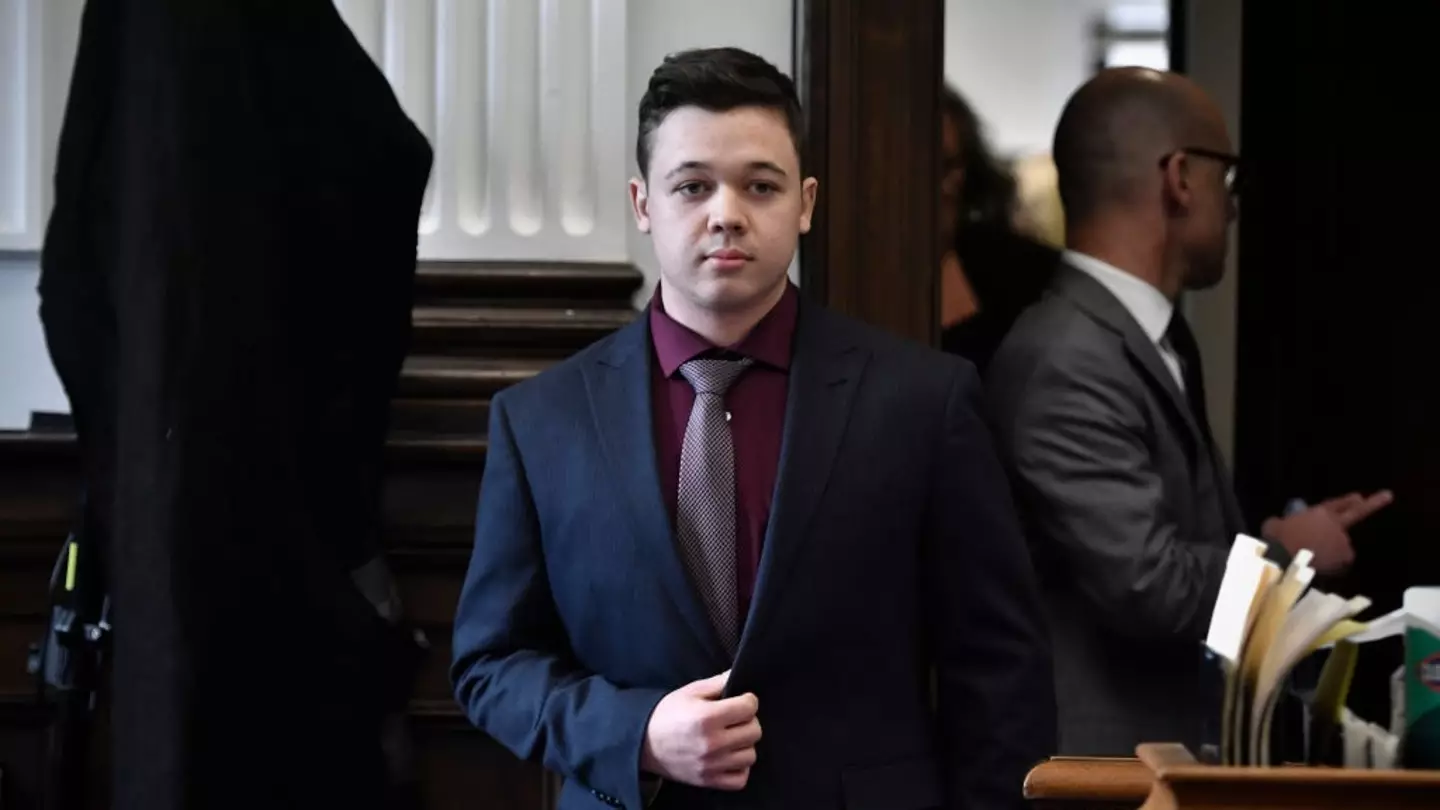


It was another particularly dark episode

He had to cut himself free after his parachute snagged
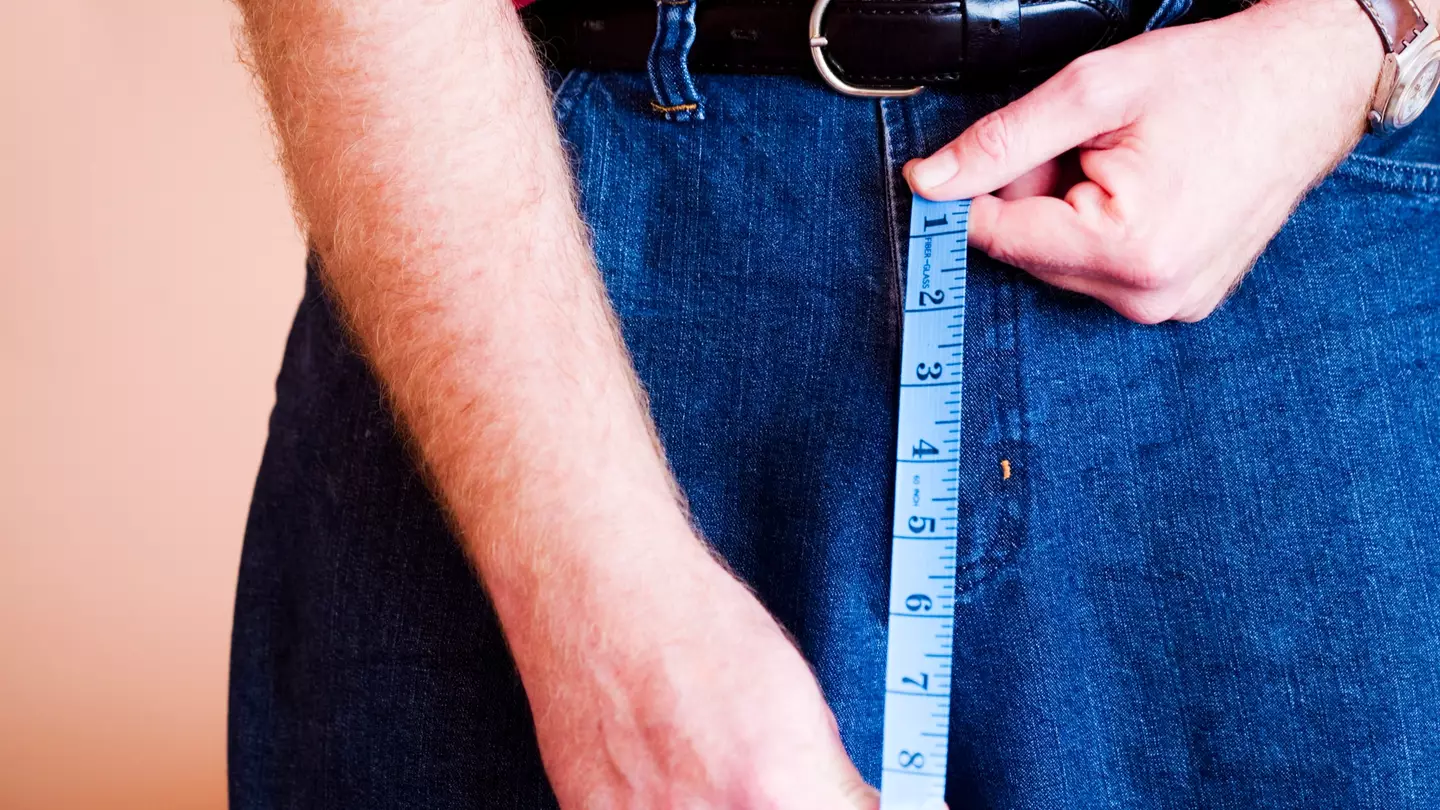
You might think all your peers must be packin', but the average penis size is actually much smaller than you think
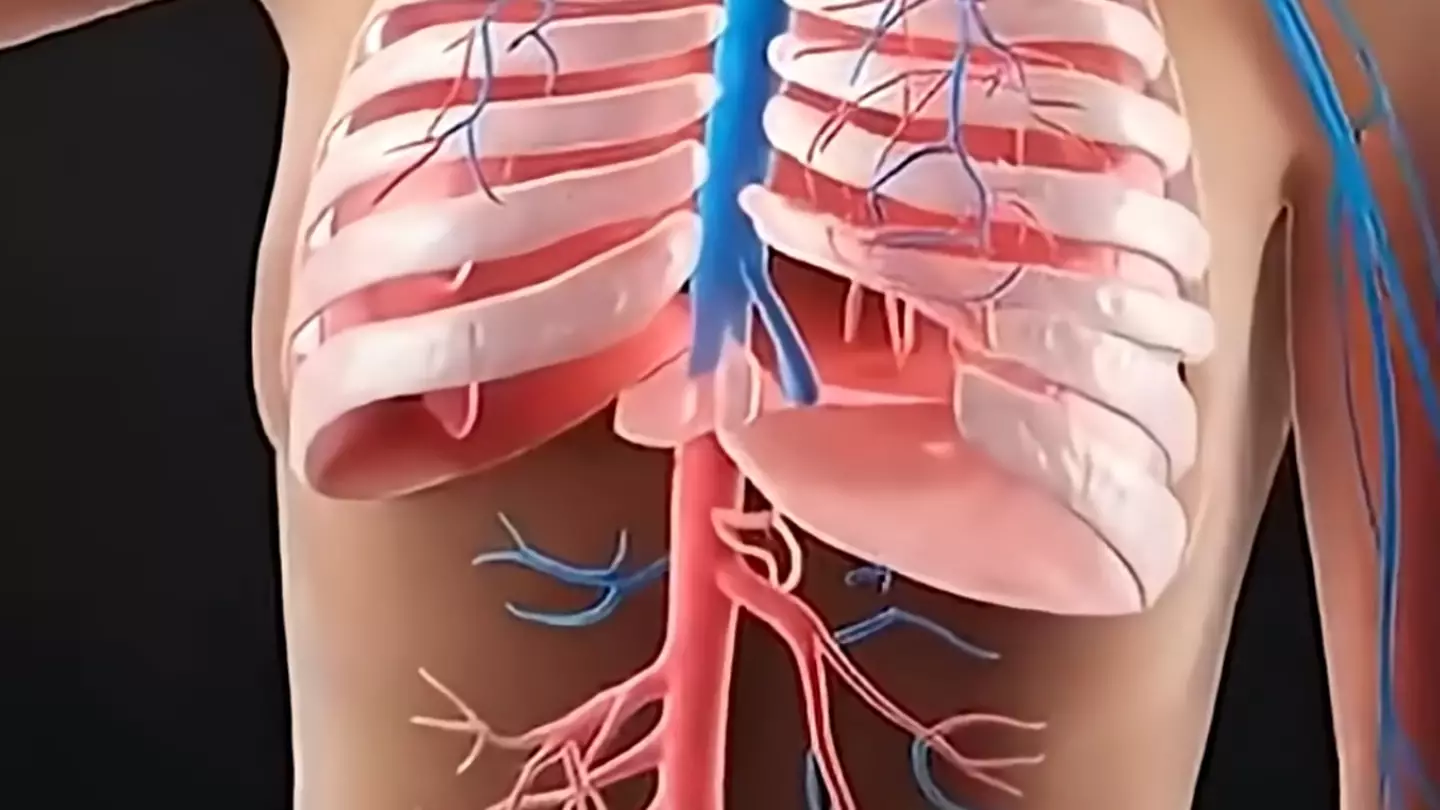
The simulation helps explain what was going on internally with Jim Austin while he abstained from food for three weeks

John Cena will wrestle his final ever match this weekend

An expert said we wouldn't have defences in place until the 2030s
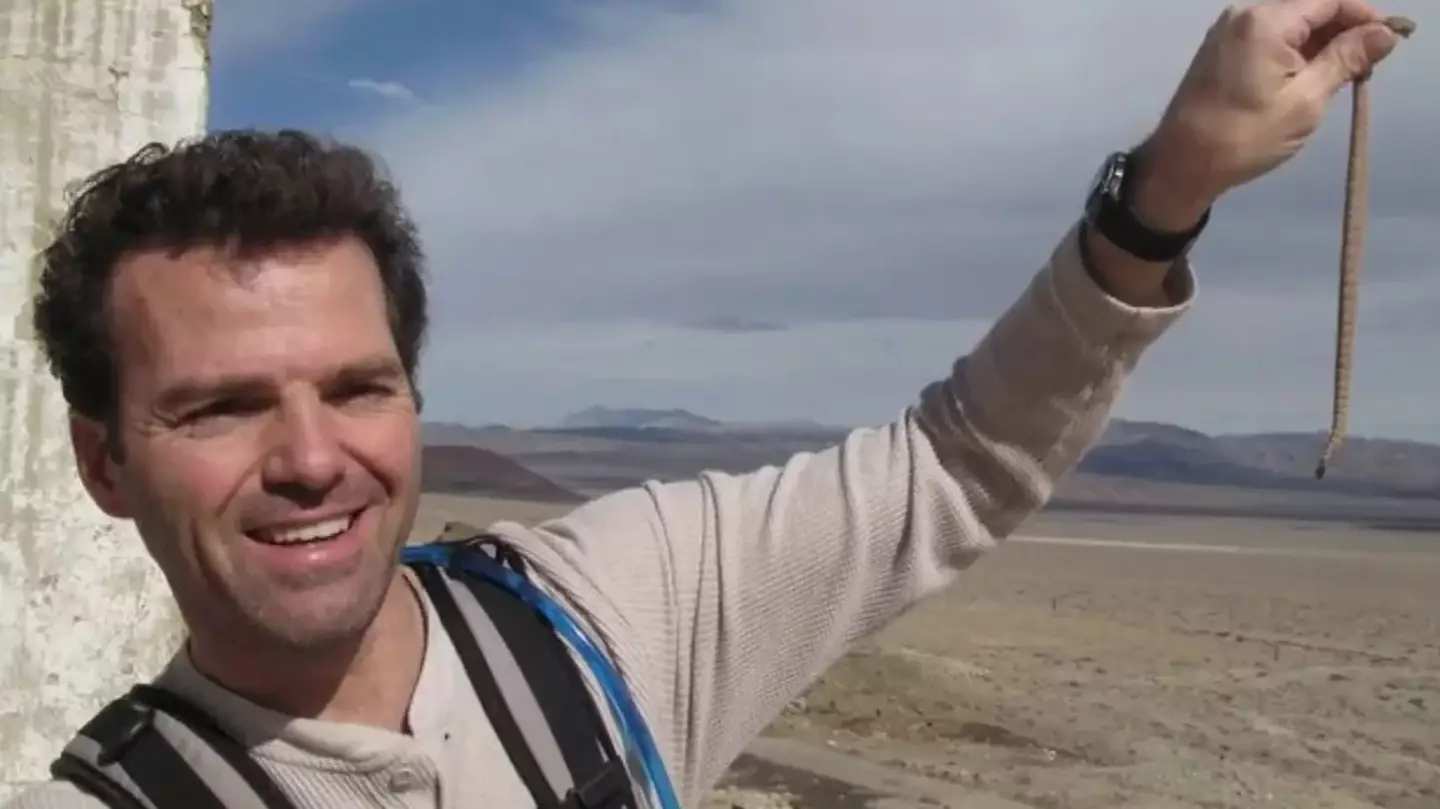
Kenny Veach claimed he found a strange cave, but he disappeared trying to find it again
.webp)
A fast food chain grew fed up of teenagers coming in just to hear '67' being called out — following the huge viral meme
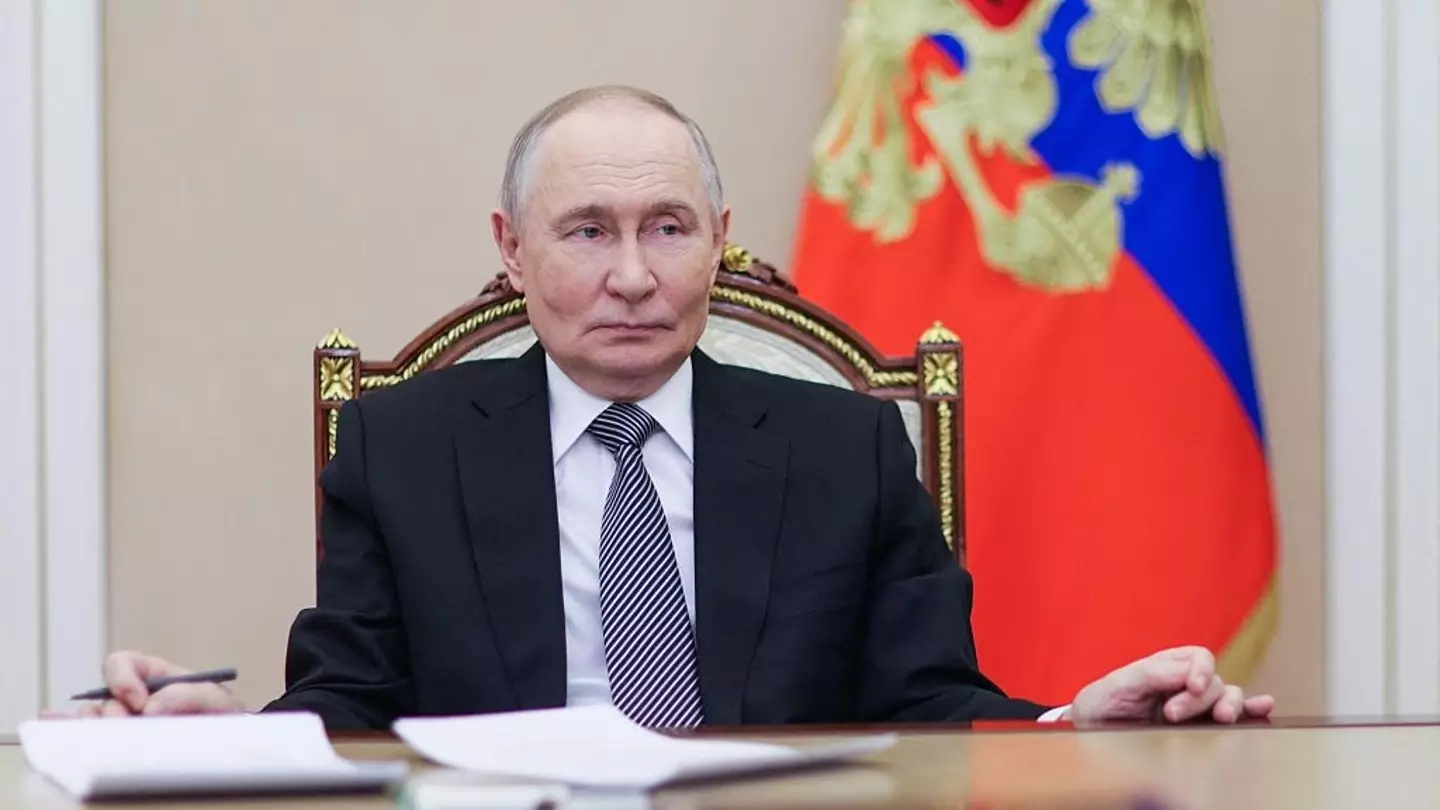
Mark Rutte issued a chilling warning today

You don't want to be caught doing any of these

Users will be seeing on-screen warnings

An X-ray image reveals further details

NHS England's leading doctor has issued a stark warning amid the ongoing 'super flu' crisis

Bryce Tate was found dead shortly after blackmailers began demanding money from him
.png)
Under Armour athletes aren’t just made in the reps and routine
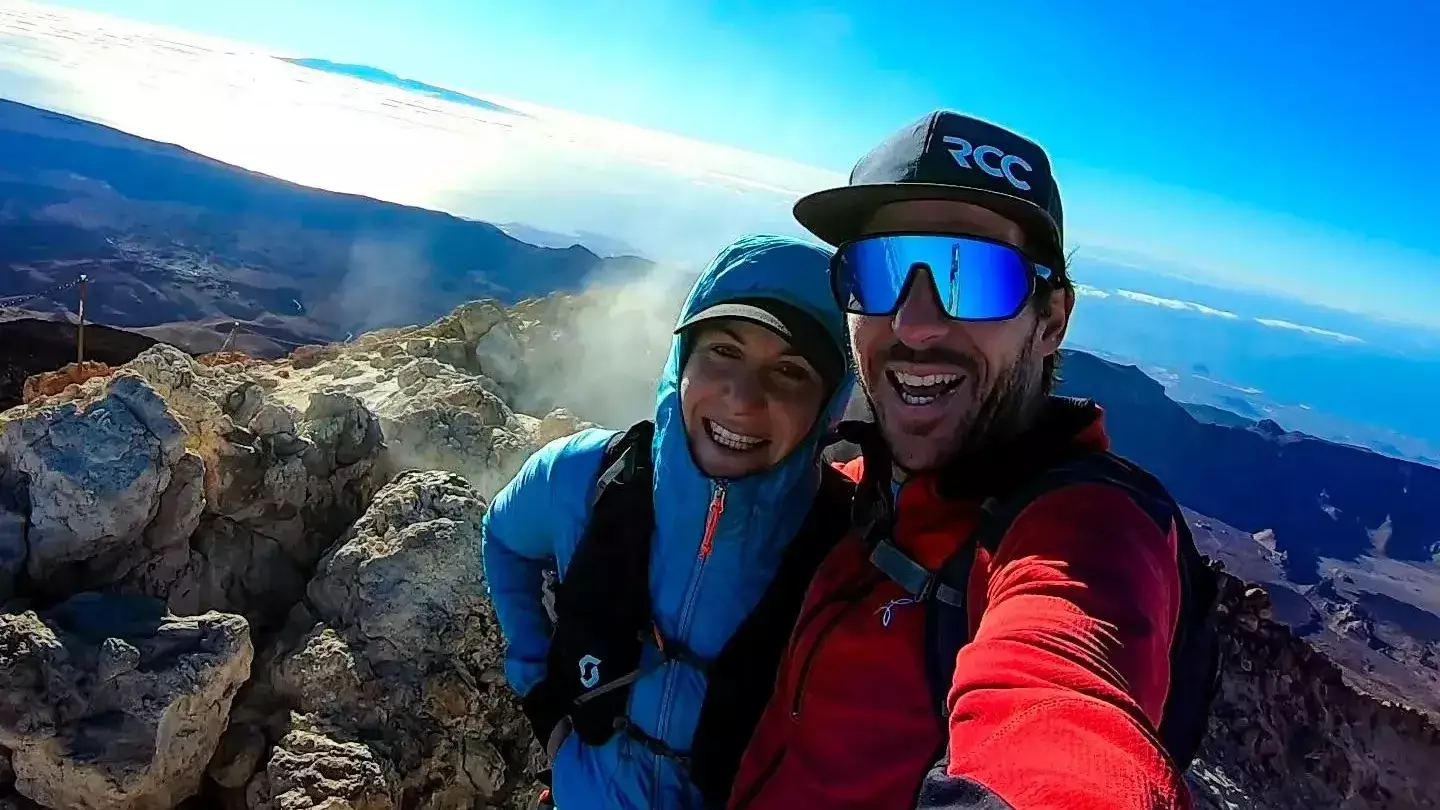
Kerstin Gurtner died while attempting to climb the Großglockner mountain in Austria
.jpg)
A pharmacist has explained why our hangovers get so much worse in our 30s, and it's pretty depressing

It reportedly works in just 10 minutes

The YouTuber has, of course, weighed in on the rumours

She was arrested alongside 17 men last week

The fight is currently set to stream on Netflix in just a week and a half

Italian scientists have used radar imaging to discover a underground complex beneath Egypt’s Giza pyramids
.png)
Mark Allen Geralds faced the ultimate punishment more than three decades after the horrific killing

